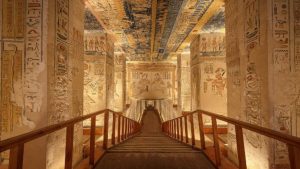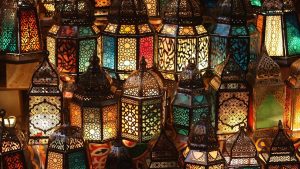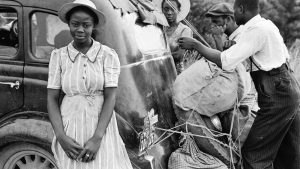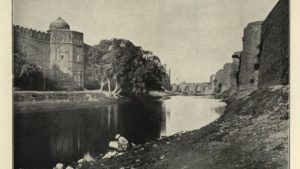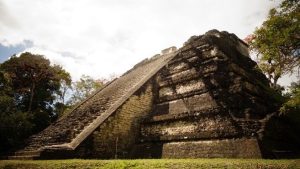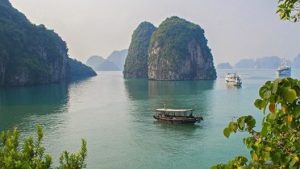The Silk Road: A Historical Journey through Trade, Culture, and Archaeological Marvels
In the annals of human history, there exists a legendary network of trade routes that once connected the East and West, spanning across continents and facilitating the exchange of goods, ideas, and cultures. This historical marvel is known as the Silk Road, a tapestry of routes that served as a lifeline for merchants, adventurers, and scholars for centuries. This article embarks on a captivating journey along the Silk Road, exploring its rich history, diverse cultures, and the archaeological wonders that have stood the test of time.


